Since 1958, Carson Helicopters of Perkasie, Pennsylvania, has been delivering a suite of products and services to support the helicopter industry, primarily focusing on the Sikorsky S-61 and SH-3 Sea King.
In 2003, the company received approval for its composite S-61 main rotor blade, which gives the helicopter about 1,750 pounds (793 kg) of additional lift capability under hot and high conditions.
Then, in April of 2018, Carson Helicopters received its initial supplemental type certificate (STC) for its composite S-61 tail rotor blades.
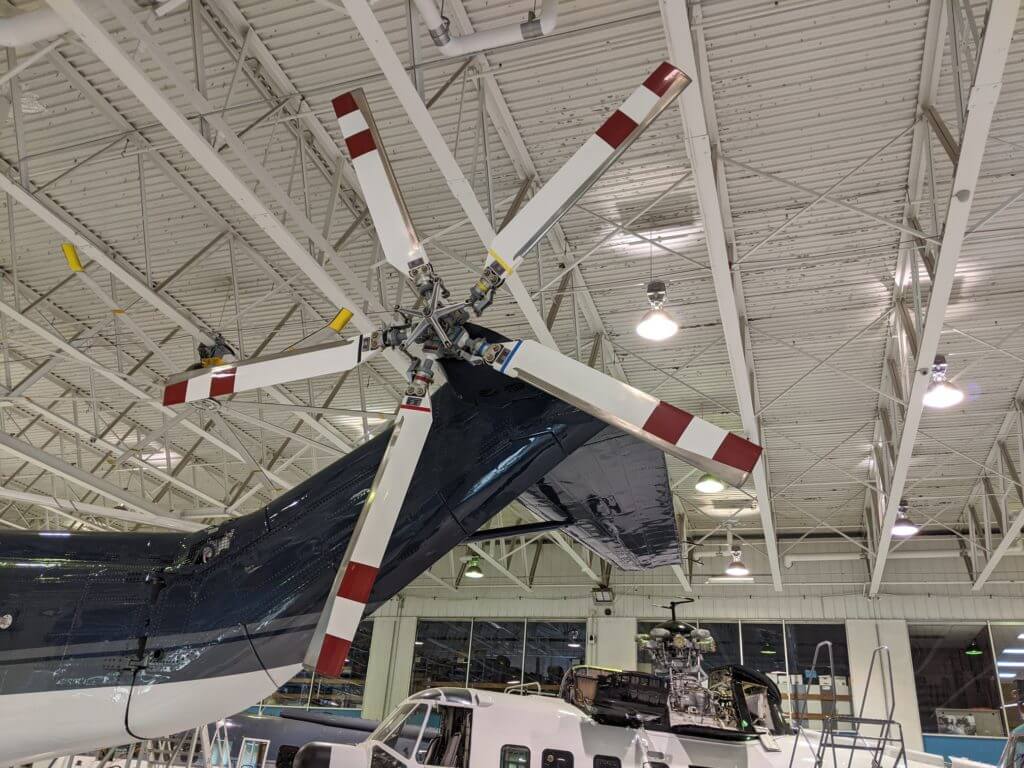
“Typically, as part of a composite blade STC project, we break it up into segments. Our first STC is just to install the new blade,” explained company vice president, Clayton Carson. “We don’t go after performance improvements initially; instead, we look at matching performance to the existing [metal] blades. Once that is successful, we go for performance improvements, which simplifies the initial project and helps make it go more smoothly.”
Since receiving the S-61 composite tail rotor STC, Carson Helicopters has made further improvements, recently gaining U.S. Federal Aviation Administration (FAA) certification for an additional 150 pounds (68 kg) of lift at an altitude of 7,000 feet (2,133 meters) and temperatures of 68 F (20 C). The new composite tail rotor blades also increase the max gross weight altitude by approximately 1,000 feet (304 meters).
The company says composite blades deliver a number of operational advantages.
“Compared to the metal blades, they offer better damage tolerance, better performance, and reduced maintenance,” explained Carson.
“Composite blades give us a lot more freedom of design compared to a metal extrusion spar, and that lets us use different types of airfoils. We can really cater the airfoil and twist along the span of the blade, and that’s really where you get improved performance. Or, you can make it slightly quieter with an optimized tip design, for example.”
The Carson Helicopters S-61 composite tail rotor blade features cambered airfoils with an eight-degree twist. These airfoils, which are the same as those used in the company’s main rotor blades, provide greater performance while maintaining the unique advantages of composites, including improved damage tolerance.
Carson said that if a crack develops in a metal blade, it can spread quickly and could cause a failure if not detected. Composites, on the other hand, are by design more robust and more tolerant of small damage or cracks. Additionally, they are resistant to corrosion.
“You usually get a longer life for the blade – we currently certify the composite main rotor blade for 10,000 hours, but we’re looking at extending to 20,000 hours,” he continued. “For the tail rotor, likewise, we are qualifying it for 10,000 hours and we’re looking to extend that in the future as well.”
Once the composite main rotor blade life is extended it will have roughly double the lifetime of its metal counterpart.
Carson Helicopters’ S-61 composite tail rotor blades are a simple replacement and fit into the original tail rotor hub in a process that takes approximately four hours. The company is now manufacturing tail rotor sets on spec and will work toward building its inventory over the next few months.
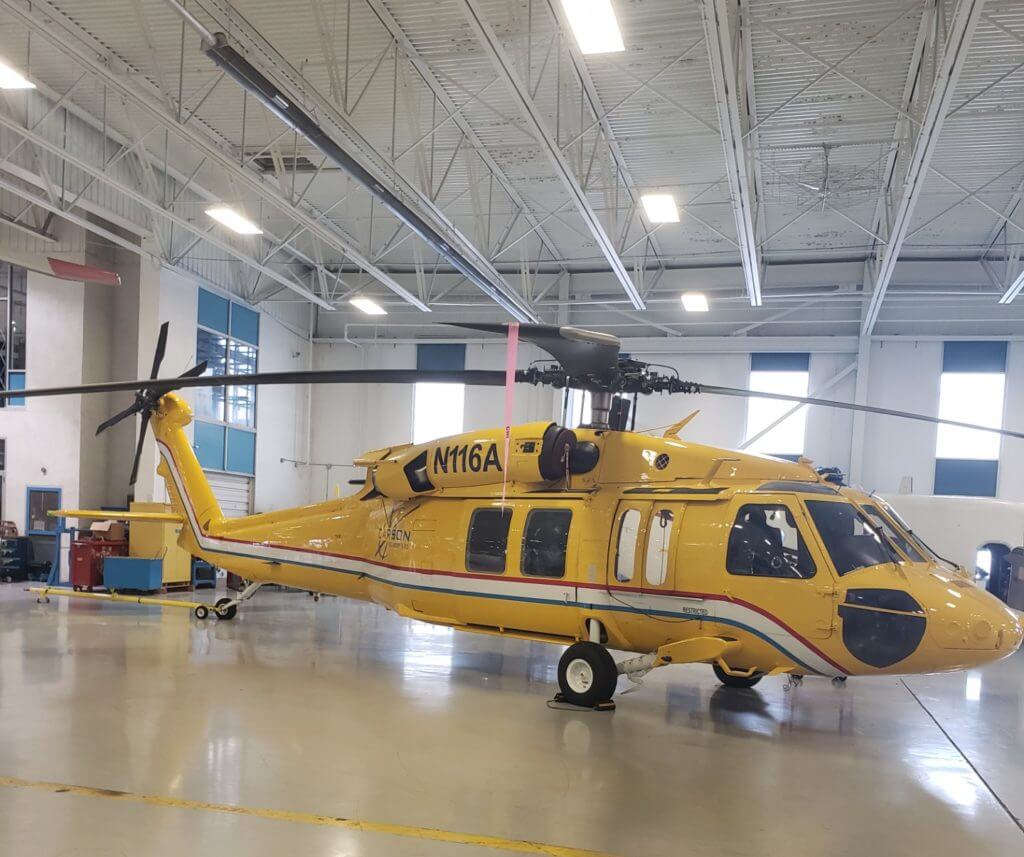
Sikorsky built more than 1,100 S-61s and SH-3s, with foreign licensees producing an additional number. Today, Carson estimates the global fleet to number approximately 250 helicopters.
“Not necessarily all of them are flying; some of them might be used for parts,” he said. “I know a lot of the foreign militaries are finding new uses for the helicopter; some have been converted for troop transport. On the commercial side, it seems most operators are still logging, firefighting and doing construction work. Quite a few are working with the U.S. government transporting passengers overseas. The types of usage on the commercial side have been pretty consistent over the years.”
As Carson Helicopters continues to explore markets for the S-61, it is also branching out into its next big program, which will include a suite of avionics and airframe upgrades for the Sikorsky UH-60 Black Hawk helicopter.
“We’re currently working on that now, and we’re starting with composite blades. Likewise, we’re looking for similar improvements in performance, damage tolerance and reduced maintenance,” relayed Carson.
Currently, Carson Helicopters has two Black Hawks on hand and is prepping one of them for flight testing. It will gradually add products and services to its suite of UH-60 upgrades over the next couple of years, as the company builds expertise in not only rotor blades, but also maintenance, avionics and airframe upgrades for the medium-lift helicopter.





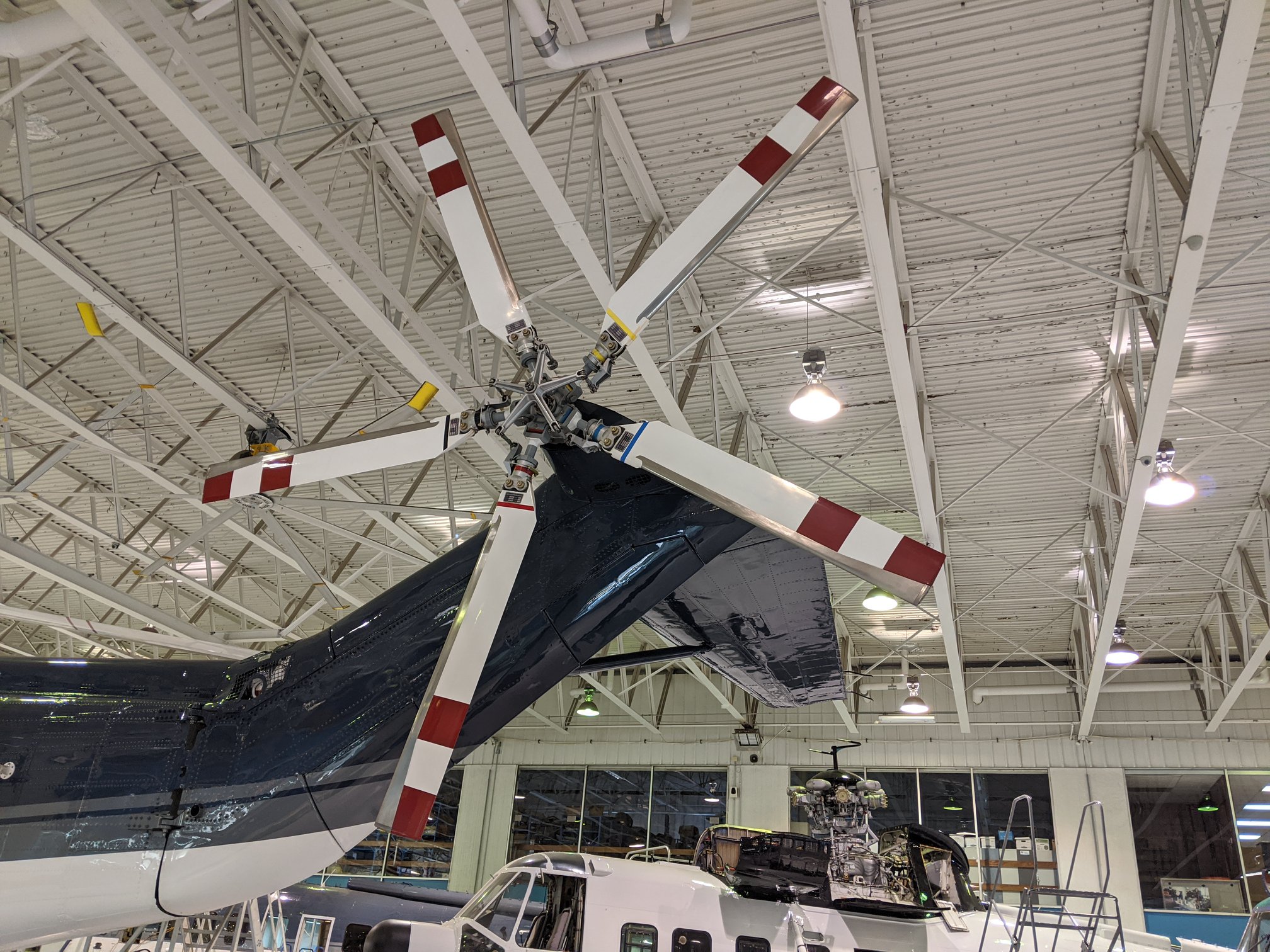
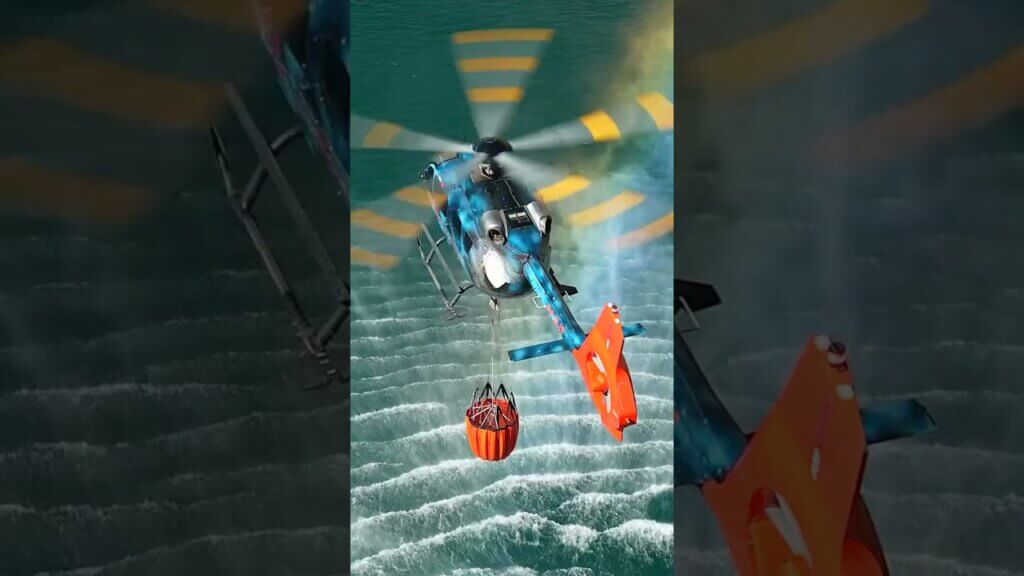
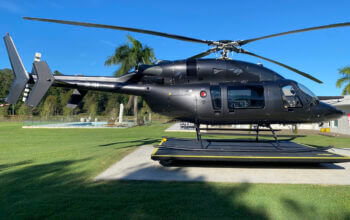
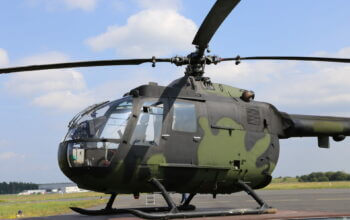
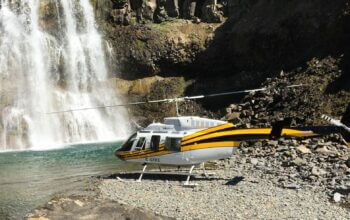
Known as the best helicopter ever made, the S-61 became much better with the Carson composite main rotor blades and then better yet with the composite tail blades. These achievements by the Carson Helicopter organization deserve the recognition of an industry dedicated to the improvement of its aircraft.